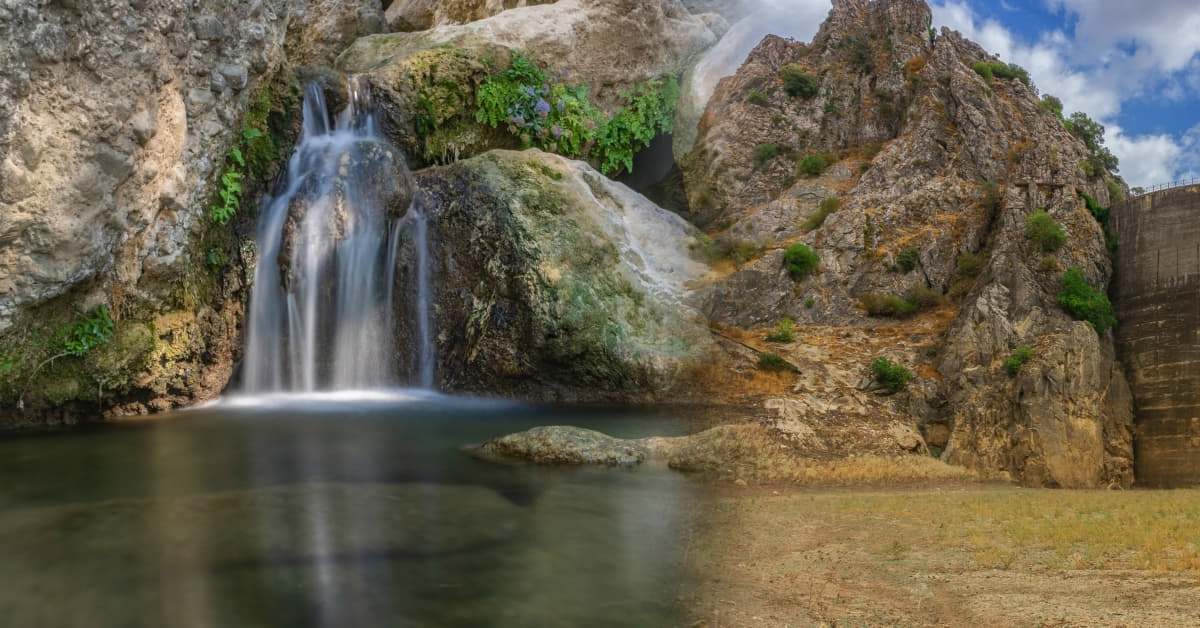In the ever-evolving realm of photography, the technique of photo compositing has emerged as a powerful tool for unleashing creativity. Whether you’re a professional photographer or an enthusiastic hobbyist, mastering the art of photo compositing can elevate your work to new heights. This article will delve into the intricacies of photo compositing, guiding you through the process to create stunning and visually captivating images.
Understanding Photo Compositing
Photo compositing involves combining multiple images to create a seamless and harmonious composition. This technique allows photographers to transcend the limitations of a single shot, opening up endless possibilities for creative expression. By blending elements from different photos, you can construct scenes that tell unique stories or evoke specific emotions.
Key Steps in Photo Compositing
1. Selecting and Preparing Images:
- Choose images with compatible lighting and color tones.
- Ensure high-resolution images for optimal results.
- Use photo editing software to adjust brightness, contrast, and color balance for consistency.
2. Layering and Masking:
- Import images into layers in your preferred photo editing software.
- Utilize layer masks to blend images seamlessly.
- Refine masks to achieve precise and natural-looking transitions between elements.
3. Adjusting Perspectives:
- Match the perspectives of different elements for a cohesive composition.
- Use tools like the transform and warp functions to align elements realistically.
4. Adding Special Effects:
- Enhance your composition with lighting effects, shadows, and reflections.
- Experiment with filters and overlays to create a unique atmosphere.
5. Fine-tuning and Final Touches:
- Pay attention to details and make necessary adjustments.
- Ensure a consistent style and tone throughout the composition.
FAQs
Is photo compositing only for advanced photographers?
No, photo compositing can be explored by photographers of all skill levels. While advanced techniques may require more experience, beginners can start with simple compositions and gradually progress.
Which software is best for photo compositing?
Popular choices include Adobe Photoshop, GIMP, and Affinity Photo. Each has its strengths, but Photoshop is widely regarded as the industry standard.
How can I avoid a “fake” look in my composite images?
Focus on matching lighting, color tones, and perspectives between elements. Pay attention to details and use layer masks to create seamless transitions.
Are there copyright concerns when using multiple images?
It’s crucial to respect copyright laws. Use images with proper licenses or create your own elements. Ensure you have the right to use and modify each component in your composite.
Conclusion
Photo compositing is a versatile and exciting technique that empowers photographers to unleash their creativity. By following the key steps outlined in this guide, you can elevate your images and create compositions that captivate viewers. Experiment, practice, and let your imagination run wild as you explore the endless possibilities of photo compositing.
This page was last edited on 27 February 2024, at 1:10 pm
